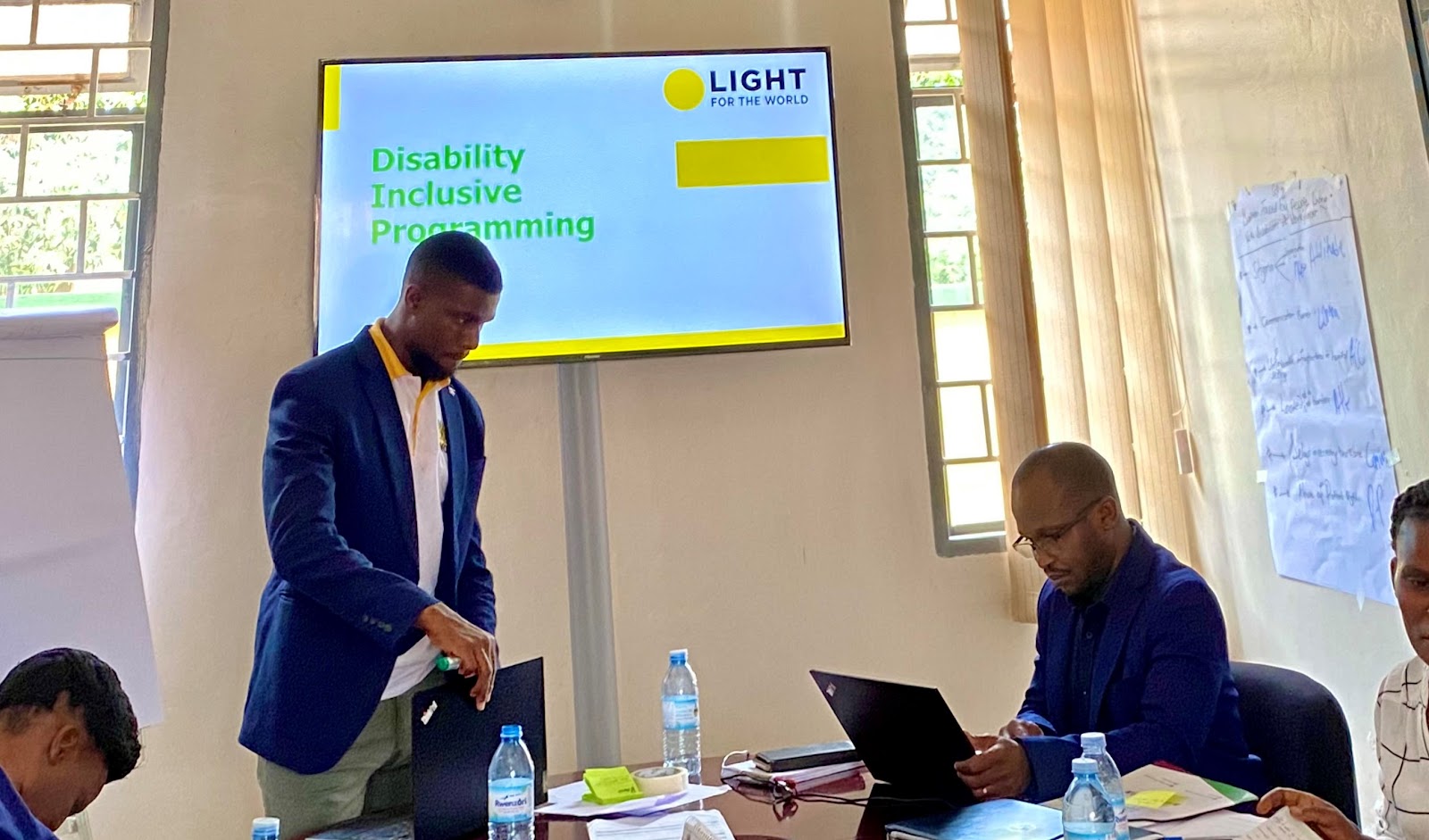Beyond Progress: Crafting a Future of Inclusive Diversity
The disability rights movement has made immense progress over the years, we still have a long way to go. One facet of this evolution that deserves our attention is the future of disability inclusion. It's not just a moral imperative; it's also a smart business move.
Although the future of
disability inclusion is not a distant destination but a continuous journey. It
requires a collective call to action from organizations, communities, and
individuals. By embracing these practical strategies, we move beyond rhetoric
to effect tangible change, creating workplaces and communities where diversity
is not only acknowledged but actively celebrated. In this article, we
will explore the trends and next steps that potentially can shape the future
of disability inclusion in professional environments and communities.
Current Trends: As
we stand on the cusp of transformative change, several ongoing trends are
reshaping the landscape of disability inclusion, heralding a future where
diversity is not merely acknowledged but actively celebrated.
Prioritizing
Accessibility
As technology
advances, Digital accessibility has evolved from a legal obligation to a
strategic advantage. Ensuring
accessibility for individuals with disabilities is not
just ethically sound but also financially prudent. According to World
Health Organization, Statistics reveal that accessible websites can increase customer
reach by 30%. Companies are investing significantly in inclusive design,
accessibility testing, and user experience enhancements to tap into this
expansive market potential.
Training and
Sensitization Programs
Education
remains a linchpin in dismantling stereotypes and biases. Companies should
continue investing in training and sensitization programs that foster
understanding and empathy. These programs extend beyond the workplace, creating
a ripple effect that promotes inclusivity within communities. The integration
of disability awareness into school curricula further contributes to the
normalization of diverse abilities from an early age.
Mentorship
and Networking Opportunities
Establishing
mentorship and networking opportunities can significantly impact the
professional growth of individuals with disabilities. Creating platforms where
seasoned professionals can mentor those navigating their careers not only
provides guidance but also fosters a sense of community. Networking events
centered around disability inclusion create spaces for sharing experiences,
insights, and best practices.
Remote Work
and Flexibility
The COVID-19
pandemic has been a catalyst for transforming work dynamics, accelerating the
widespread adoption of remote work. This shift has proven transformative for
individuals with disabilities, offering enhanced flexibility and eliminating
traditional commuting barriers. According to a recent survey, 82% of employees
with disabilities believe that remote work has positively impacted their
professional lives (source
Disability:IN). This paradigm shift towards flexible
work arrangements is likely to persist, creating unprecedented opportunities
for diverse talents to thrive.
Employee
Resource Groups (ERGs) Employee resource groups
dedicated to disability inclusion are gaining momentum. These voluntary groups,
driven by employees themselves, provide a supportive community for individuals
with disabilities and their allies. A survey conducted by Catalyst found that
organizations with active ERGs reported higher employee engagement and job
satisfaction. These groups advocate for inclusive policies, raise awareness, and
offer valuable insights, shaping the narrative of disability inclusion within
organizations.
The Next
Steps: As we navigate the present, it is crucial to recognize that the
future of disability inclusion is not a distant goal but a continuous journey
requiring collective commitment from organizations, communities, and
individuals. The following pathways offer a practical roadmap for organizations
and communities eager to champion the cause of disability inclusion.
Holistic Workforce Policies
Crafting and implementing holistic workforce policies is paramount. These policies should extend beyond recruitment to encompass career development, promotions, and accommodations. Organizations can draw inspiration from successful models that prioritize disability inclusion, such as Microsoft's Autism Hiring Program, which actively recruits individuals on the autism spectrum, promoting diversity and harnessing unique talents.
Technology as
an Enabler
Leveraging
technology as an enabler is a game-changer in fostering disability inclusion.
Companies can invest in assistive technologies that cater to diverse needs,
ensuring that their digital platforms, communication channels, and work
environments are universally accessible. This commitment not only reflects a
dedication to inclusivity but also aligns with the broader societal shift
towards a more technologically integrated world.
Capacity development
Programs
Education
remains a linchpin in dismantling stereotypes and biases. Companies should
continue investing in training and sensitization programs that foster
understanding and empathy. These programs extend beyond the workplace, creating
a ripple effect that promotes inclusivity within communities. The integration
of disability awareness into school curricula further contributes to the
normalization of diverse abilities from an early age.
Collaborative
Community Initiatives
Engaging in
collaborative community initiatives amplifies the impact of disability
inclusion efforts. Companies can partner with local organizations, government
agencies, and non-profits to create programs that address specific community
needs. This collaborative approach ensures that initiatives are culturally
sensitive, resonate with local communities, and have a lasting impact on
societal perceptions.
Advocacy for
Inclusive Policies
Advocacy for
inclusive policies is crucial at both organizational and governmental levels.
Companies can actively engage in advocacy efforts to shape policies that
promote diversity, accessibility, and equal opportunities. This involvement
extends to supporting legislation that reinforces the rights of individuals
with disabilities, creating a legal framework that underpins a culture of
inclusion.
Data-Driven
Diversity Metrics
Adopting data-driven diversity metrics provides organizations with a tangible way to measure their progress. Tracking key metrics related to disability inclusion, such as representation in leadership roles, employee satisfaction, and accessibility compliance, allows for informed decision-making. Regularly assessing these metrics ensures accountability and drives a continuous cycle of improvement.
In conclusion: This
transformative journey towards disability inclusion is dynamic and responsive.
It adapts to evolving societal expectations, technological advancements, and
cultural shifts. As we collectively navigate this path, let us remain committed
to fostering environments where every individual, regardless of ability, has
the opportunity to thrive, contribute, and lead.
Together,
we can shape a future where inclusivity knows no bounds, and diversity is the
driving force behind progress.
By: Godfrey Nanyenya
Disability and inclusion specialist




Comments
Post a Comment